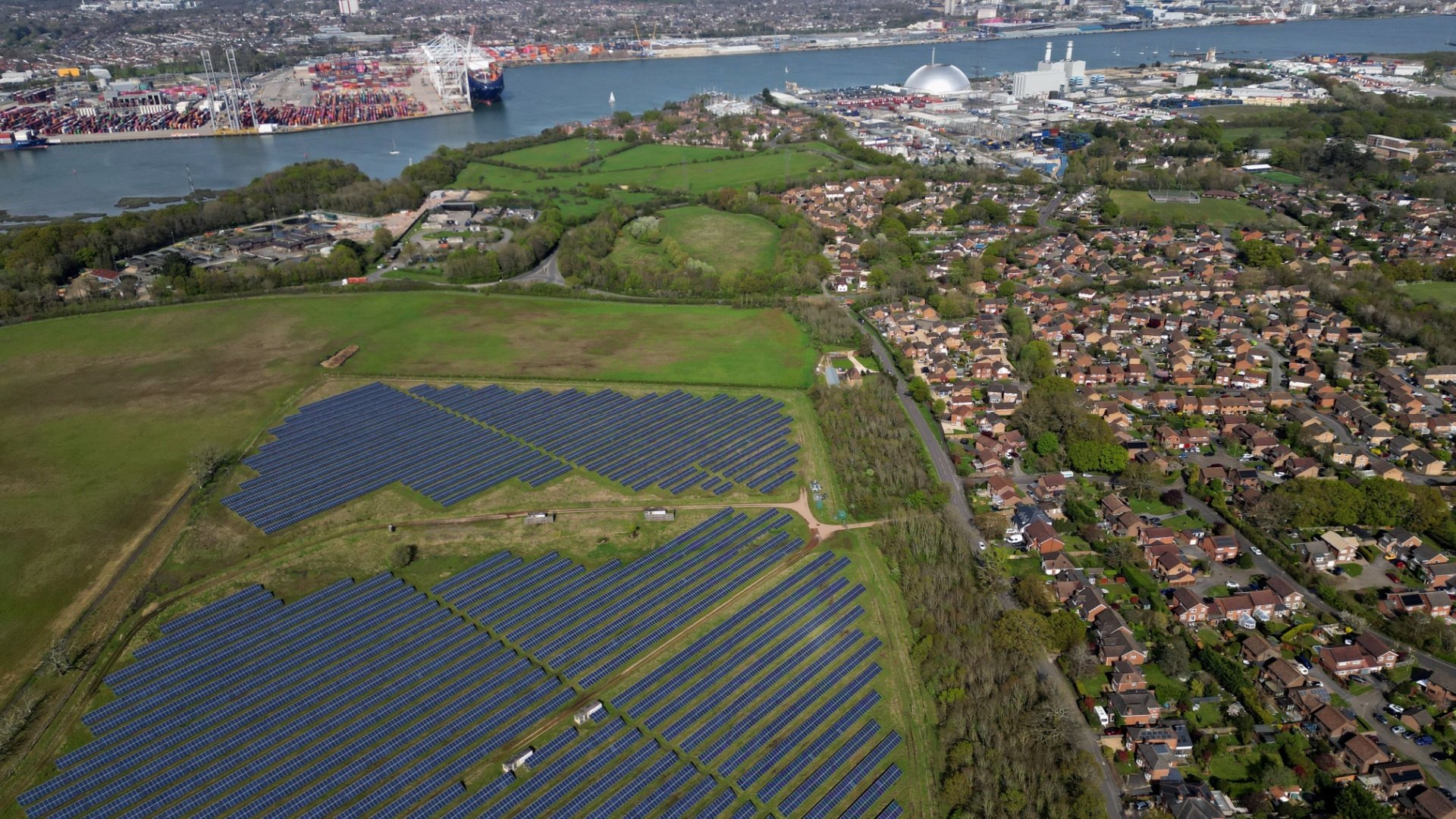This demand can tighten markets, push up prices, and accelerate growth in places that were once overlooked.
This surge marks a rebound to pre-pandemic immigration rates and beyond.
minus those who leave the U.S.

Shutterstock
The sharp increase reflects both the easing of COVID-era travel restrictions and policy changes.
Crucially, immigration now drives a dominant share of U.S. population growth.
American birth rates have fallen in recent decades, and the population is aging.

Even today, many communities would be shrinking without an influx of immigrants.
By the 2040s, essentially all net population growth is projected to come from immigration rather than natural increase.
This means millions of additional residents each decade who will need housing.

The Department of Housing and Urban Development (HUD) and others have identified a large housing supply gap.
While estimates vary, the U.S. is millions of homes short of whats needed.
Freddie Mac puts the deficit around 1.5 million homes, and Moodys Analytics estimates it at roughly 2.9 million.

Over the past decade, about 4 in 10 new households in the U.S. were headed by an immigrant.
Their role has fluctuated over time depending on the economy and native-born housing formation.
During the pandemic years (20192023), immigrants contributed roughly 25% of new household formation.

In fact, in their initial years in America, almost 9 in 10 immigrant households are renters.
Many new immigrants move in with relatives or friends or find shared housing to save on costs.
Its common for multiple immigrant families or generations to live under one roof at first.

This means that early on, a surge in immigration primarily increases rental housing demand.
Immigrants tend to form their own independent households as they establish themselves.
This can slightly mask the true housing demand early on because more people share a single housing unit.

Overall, immigrants areless likely to own homesthan native-born Americans.
Immigrants typically start with very low homeownership when they are recent arrivals as noted, most rent at first.
But as they spend more years in the U.S., their homeownership rate rises.
During the 2000s, immigrants made significant gains in buying homes.
Others, especially those facing greater socioeconomic challenges, have lower rates.
Urban versus suburban location also plays a role in immigrant homeownership patterns.
Urban vs.
Suburban Housing Markets
Immigration patterns have been shifting geographically, with significant implications for urban and suburban housing markets.
In fact, the majority of immigrants in metro areas now live in the suburbs.
This means immigrants are increasingly bypassing the traditional inner-city neighborhoods and instead settling in suburban communities.
The Shift to Suburban Living
Why the shift to suburbs?
One reason is housing opportunity.
Many immigrants, like other Americans, dream of owning a home with a bit of space.
Suburbs offer more single-family homes and often at lower prices than dense city centers.
Studies have found that immigrants are increasingly attracted to single-family homeownership opportunities in suburban areas.
Immigrants often revitalize city blocks by occupying housing that might have gone vacant as native-born residents move out.
These places have relatively strong economies and job creation, drawing both immigrants and domestic migrants.
In cities like Detroit, Cleveland, or Buffalo, decades of population loss left many vacant homes.
In such areas, an influx of immigrants can actuallyprevent housing demand from collapsing.
Immigration has helped stabilize declining populations in these regions.
By bringing new households, they keep occupancy up and support local housing prices.
Even a relatively small number of new families can make a difference in keeping schools and housing occupied.
Immigration, by increasing population and households, unquestionably adds to housing demand.
However, an often overlooked aspect is that immigrants also affect the supply side of the housing equation.
This means that immigration helps increase housing supply by providing essential labor.
Homes and apartments cant be built at the needed pace without a robust construction workforce.
If immigration is choked off, the construction labor shortage becomes more severe, leading to slower homebuilding.
Neighborhood Revitalization
Beyond labor, immigrants also contribute to supply through neighborhood revitalization and redevelopment.
Immigrant entrepreneurs often invest in renovating older homes or apartment buildings in communities where native-born investment has fled.
This brings units back to the market that might have been uninhabitable.
By preventing blight and abandonment, they effectively preserve housing supply that might have been lost.
In reality, though, the effect of immigration on housing costs comes off as modest.
This is adetectable but smalleffect.
That works to bring down prices overall.
In plain terms, the homes built by immigrant labor help keep prices from rising even more.
Local Policy Matters
Its also instructive to look at local examples.
This suggests thatpolicy choices around housing supply determine affordability far more than the level of immigration does.
Conclusion
Immigration is playing an increasingly prominent role in the U.S. housing landscape.
Going forward, demographic trends make it clear that immigrants will be central to U.S. housing demand.
Virtually all net population growth in the coming decades is expected to come from immigration.